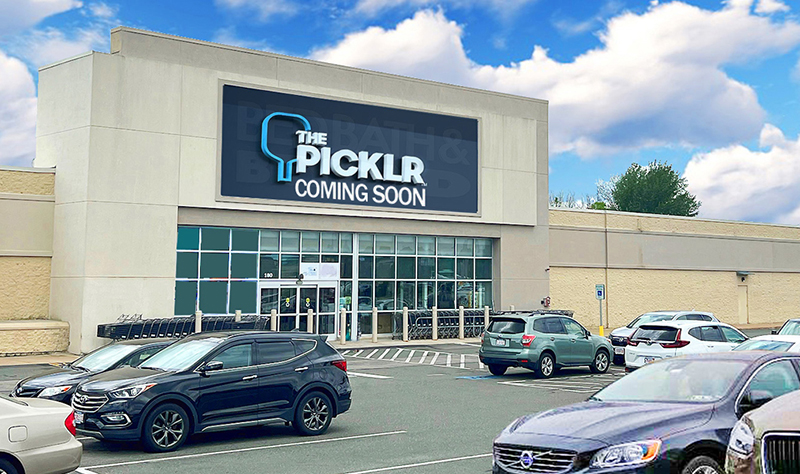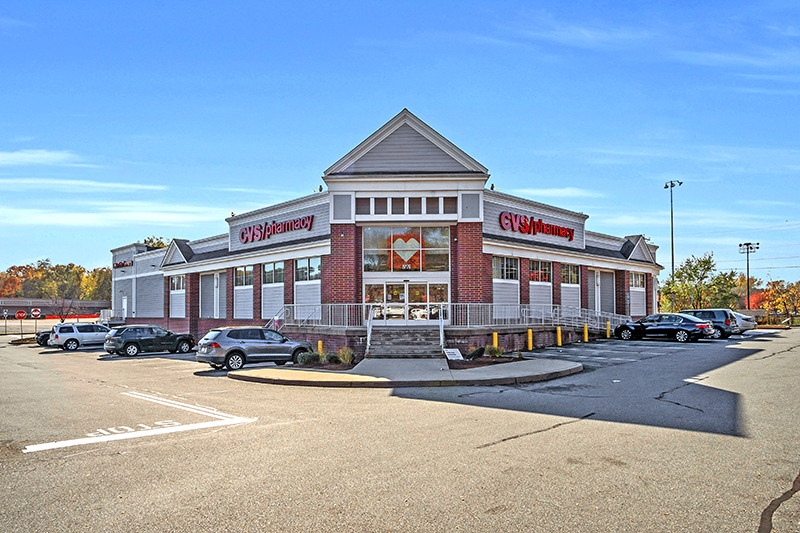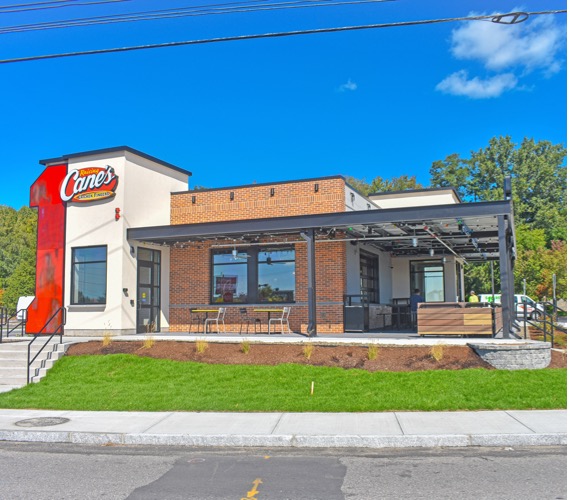News: Retail
Posted: August 20, 2008
Retail in New England: Slowdown or growth market?
Despite the sluggish economy and the housing crisis nationwide, the retail market in New England is actually doing well. In fact, New England is one of the few areas of the country that has held up during the recent economic downturn, at least in the retail area.
One of the reasons is the age-old theory of supply and demand - New England has less retail space per capita, so we tend to enjoy a healthier retail market even when other areas of the country are hurting. New England also did not take part in the building frenzy of the 1990s as some regions of the U.S. did, so we do not have a lot of empty, new buildings to fill.
The only slowdown - if you can call it that - that New England has seen is in the more traditional sectors of retail such as enclosed malls and big boxes. And it's more a reluctance to build than a slowdown.
However, centers strategically located in high growth areas where there continues to be more of a demand such as our development in southern Maine, Scarborough Gallery, where Lowe's and Texas Roadhouse boast a strong showing and with the construction of the new Super Wal-Mart underway, we expect the interest in Scarborough Gallery to continue to grow.
Several areas of the retail landscape are doing well and will continue to thrive as we look to the future. Supermarket retailers are recreating themselves. The well known New England supermarkets such as Hannaford and Stop & Shop are updating their current stores, especially as Wegmans and The Fresh Market expand into New England. This is a good trend because it provides the New England consumer with more choices.
The other area that is doing well in New England are the low-impact, design friendly "lifestyle centers" - mixed use developments that offer retail, housing, offices, open spaces and even government buildings. These are tasteful, open air developments that offer destination parking and a good dose of specialty shops. Even in New England, where the weather can be an issue, these developments are often designed with outdoor walkways and still do quite well. We believe consumers now actually prefer to shop where they live, work or can drive to or park easily, hence the rise of many shops and restaurant pads outside traditional malls in many parts of the U.S.
On the banking and investment side, we see that banks are more apt to lend to the more popular lifestyle centers that boast high end retail tenants. Investors can also see the opportunity when the risk is spread out among retail, office and government tenants. We are also noticing that leasing is easier in these centers as many tenants looking to locate in New England prefer to be located in a lifestyle center rather than a traditional mall. As a result, the demand for lifestyle centers in New England seems to go up each year.
Currently KGI is developing the Wayland Town Center in Wayland, Mass., which will break ground this fall, and Gateway Commons in East Lyme, Conn., which has received master special permit approval from the local authorities. When completed, both developments will have a New England 'Main St." type design with a mix of shops, offices, civic space, walkways and open spaces.
We expect this trend toward more consumer-friendly, lifestyle developments to continue. To that end, our firm has recently initiated a strategic plan to develop more community based lifestyle centers over the next decade.
Richard Bornstein is a principal at KGI Properties, Boston, Mass.
Tags:
Retail
MORE FROM Retail
Mace of KeyPoint Partners negotiates 36,192 s/f lease for The Picklr at Endicott Square
Danvers, MA KeyPoint Partners (KPP) negotiated a lease with the nation’s premier indoor pickleball venue The Picklr at Endicott Sq. Vice president of retail brokerage Don Mace negotiated the transaction on behalf of the landlord.

Quick Hits




.jpg)


.png)